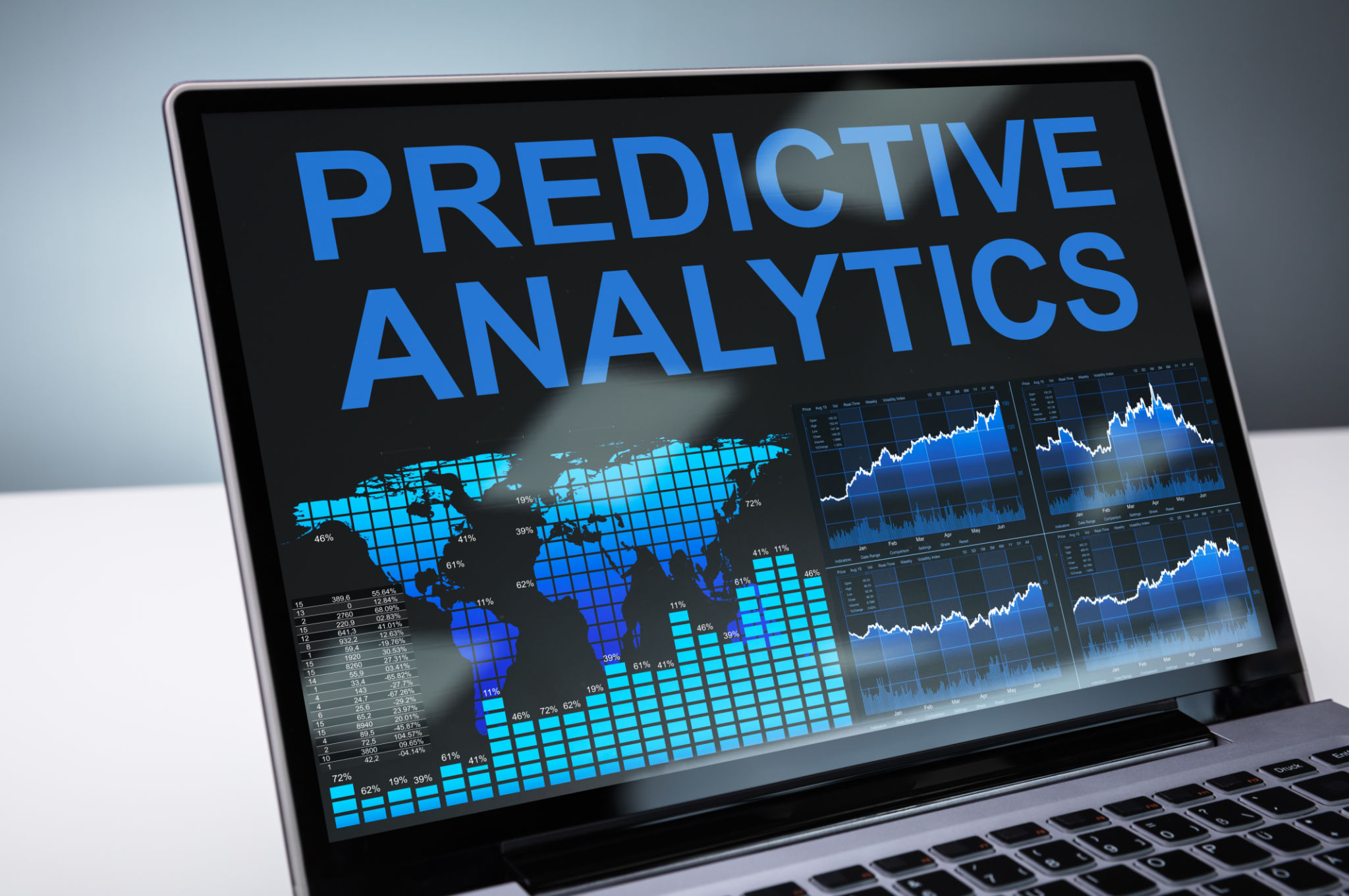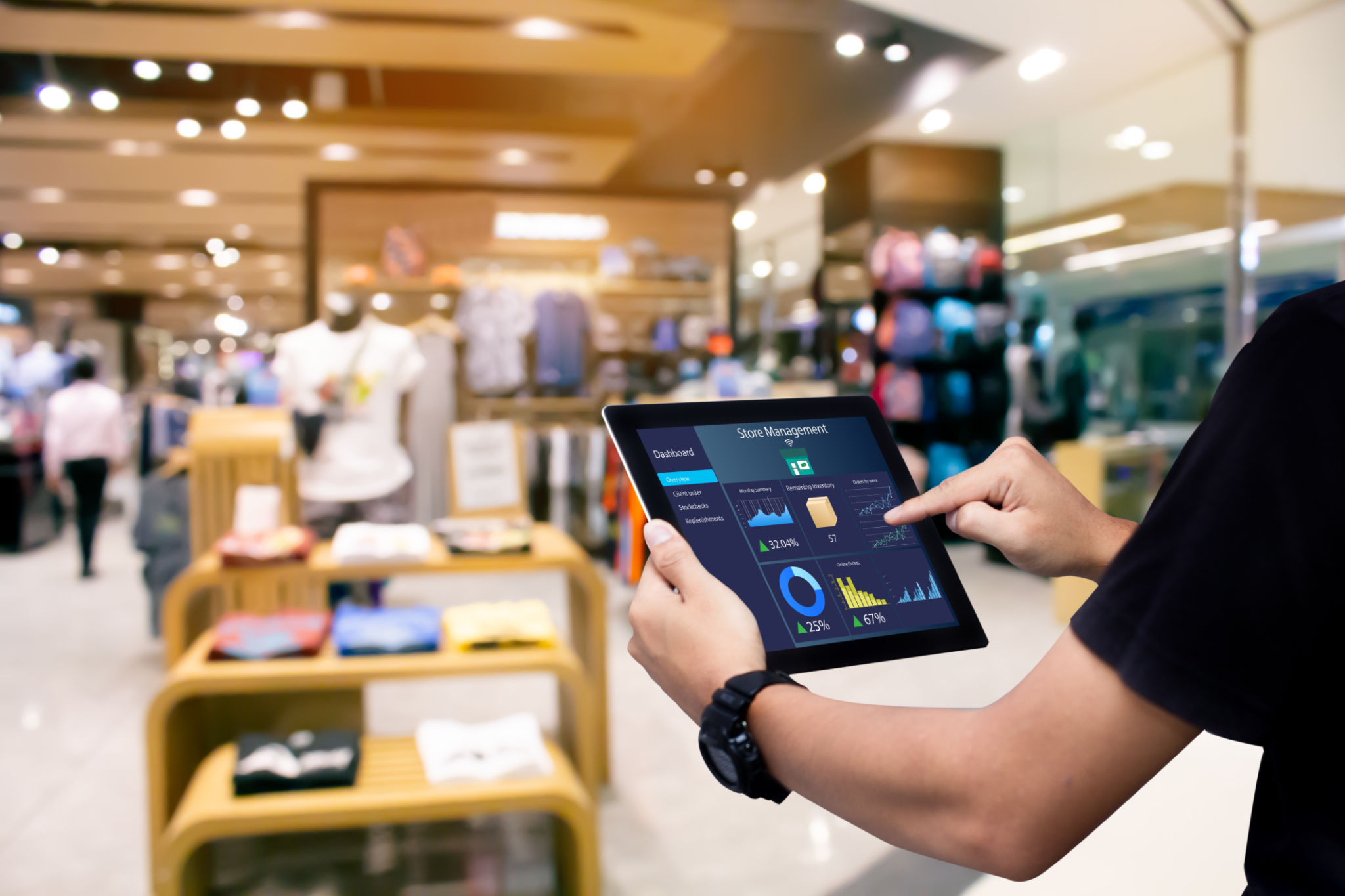Implementing Predictive Analytics in Retail: A Step-by-Step Guide
Understanding Predictive Analytics in Retail
Predictive analytics is transforming the way retailers operate, offering insights that enable businesses to make informed decisions. By analyzing current and historical data, retailers can forecast future trends, customer behaviors, and market changes. This approach not only enhances operational efficiency but also improves the overall customer experience.
The implementation of predictive analytics in retail involves leveraging technologies such as machine learning, data mining, and statistical algorithms. These tools help in predicting outcomes with a high degree of accuracy, allowing retailers to stay ahead of the competition.

Step 1: Define Your Objectives
The first step in implementing predictive analytics is to clearly define your business objectives. Determine what you aim to achieve, whether it's improving sales, enhancing customer retention, or optimizing inventory management. Having a clear goal will guide the entire process and help you measure success.
Identify Key Metrics
Once your objectives are set, identify the key metrics that will help you track progress. Metrics could include sales forecasts, customer lifetime value, or inventory turnover rates. These metrics will serve as benchmarks for evaluating the effectiveness of your predictive models.
Step 2: Collect and Prepare Data
Data is at the heart of predictive analytics. Begin by collecting relevant data from various sources such as sales records, customer interactions, and market trends. Ensure that the data is clean, accurate, and comprehensive to produce reliable insights.
Data preparation involves cleansing and preprocessing the data to eliminate inaccuracies and inconsistencies. This step is crucial as it directly impacts the quality of the predictions generated by your models.

Step 3: Choose the Right Tools and Techniques
Selecting the right analytical tools and techniques is critical for successful implementation. Depending on your objectives, you might opt for machine learning algorithms, statistical models, or a combination of both. Consider factors such as ease of use, scalability, and compatibility with existing systems when choosing your analytical tools.
Explore Machine Learning Algorithms
Machine learning algorithms are particularly useful for predicting complex patterns in data. Algorithms like regression analysis, decision trees, and neural networks can be employed to uncover insights that traditional methods might miss.
Step 4: Build and Validate Models
Develop predictive models using the chosen tools and techniques. It's essential to train these models with historical data and validate them to ensure accuracy. Model validation involves testing the model's predictions against actual outcomes to assess its reliability.

Iterate on your models by refining them based on validation results. This iterative process helps in improving predictive accuracy over time, ensuring that your models remain relevant as new data becomes available.
Step 5: Implement and Monitor
Once your models are validated, implement them into your business operations. This could involve integrating predictive insights into decision-making processes or automating certain tasks based on model predictions. Monitoring is crucial to ensure models continue to perform well in a real-world setting.
Continuous Improvement
Predictive analytics is not a one-time project but an ongoing journey. Continuously monitor model performance and make necessary adjustments in response to changing market conditions or emerging trends. Regular updates and improvements will help maintain the accuracy and relevance of your predictive insights.
The adoption of predictive analytics in retail can be a game-changer, providing a competitive edge through enhanced decision-making and improved customer experiences. By following these steps, retailers can unlock the full potential of their data and drive sustainable growth.
